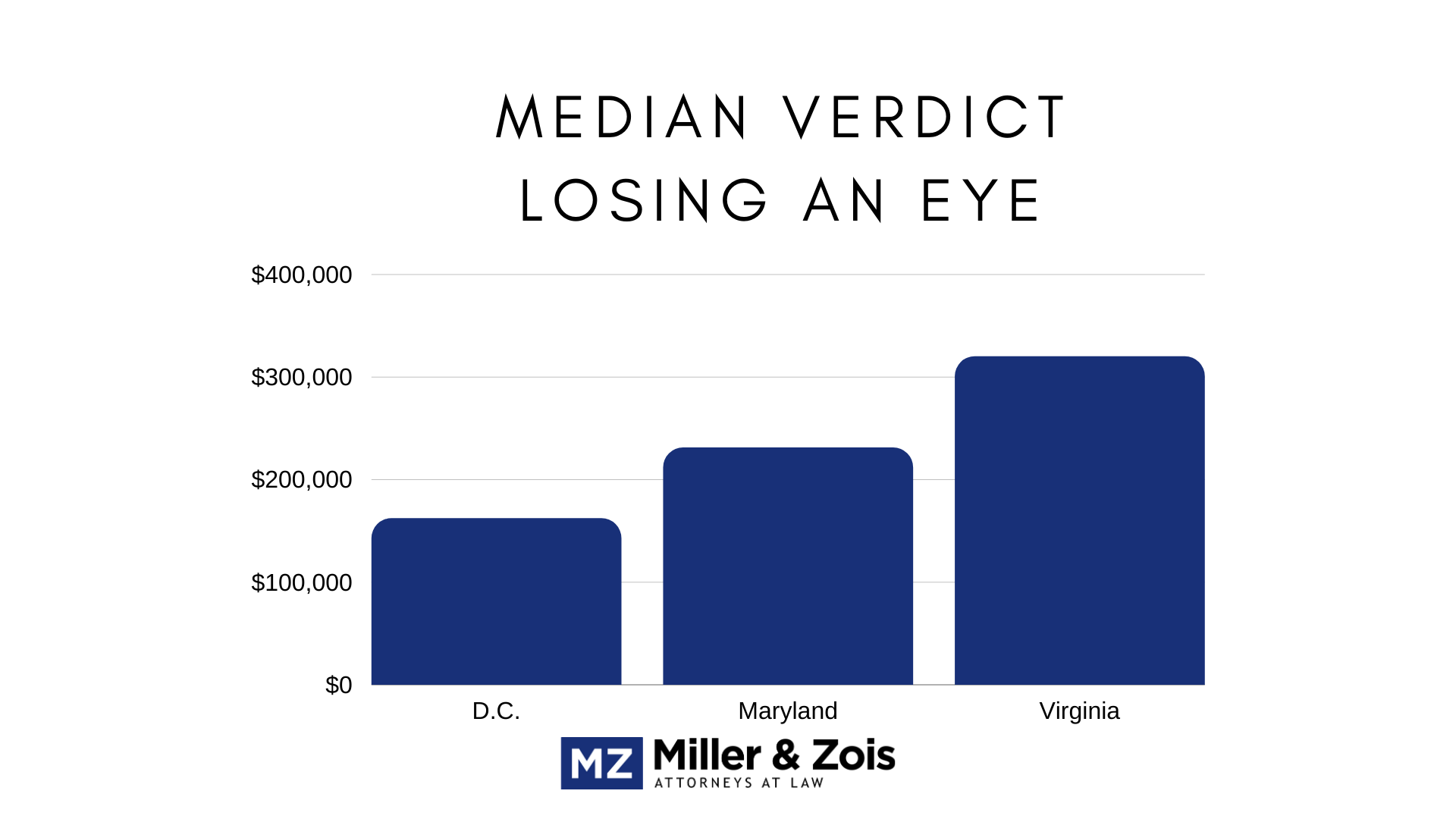In a new unreported Maryland Appellate Court opinion, the court reversed the trial court’s reduction of damages in a liposuction medical malpractice lawsuit. We will also look at recent liposuction settlements and verdicts.
Facts of Blackston v. Doctor’s Weight Loss Centers
This is a somewhat rare case where malpractice occurs in one state and the doctor is sued in another The claim involves a patient who underwent a liposuction procedure in Alexandria, Virginia, and subsequently suffered permanent physical and emotional injuries.




